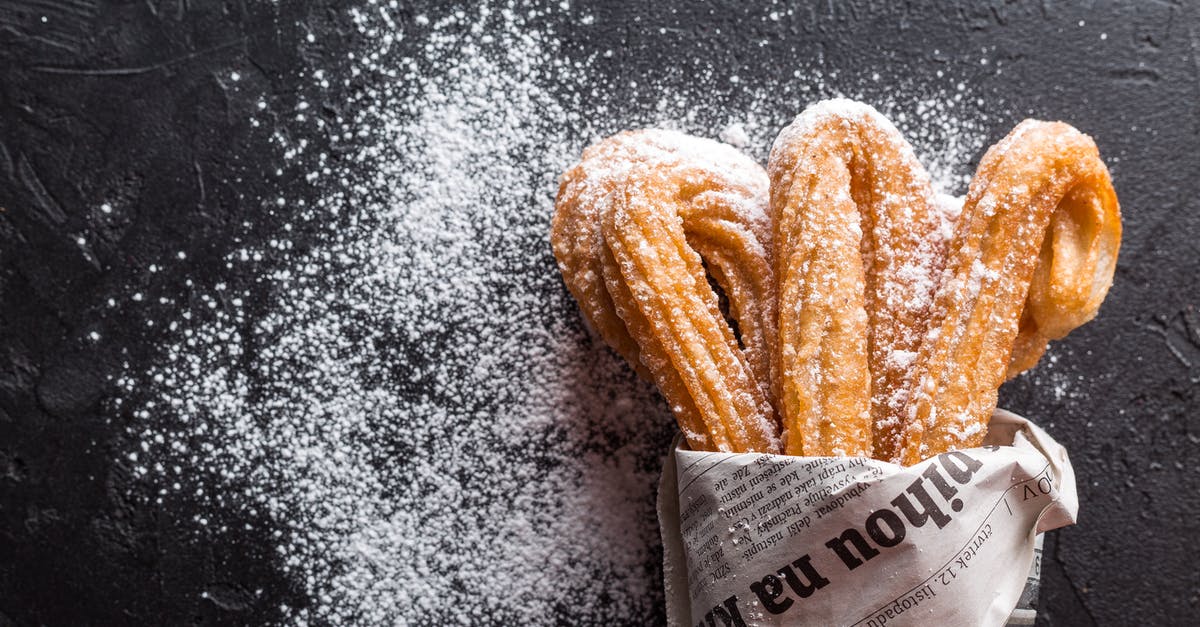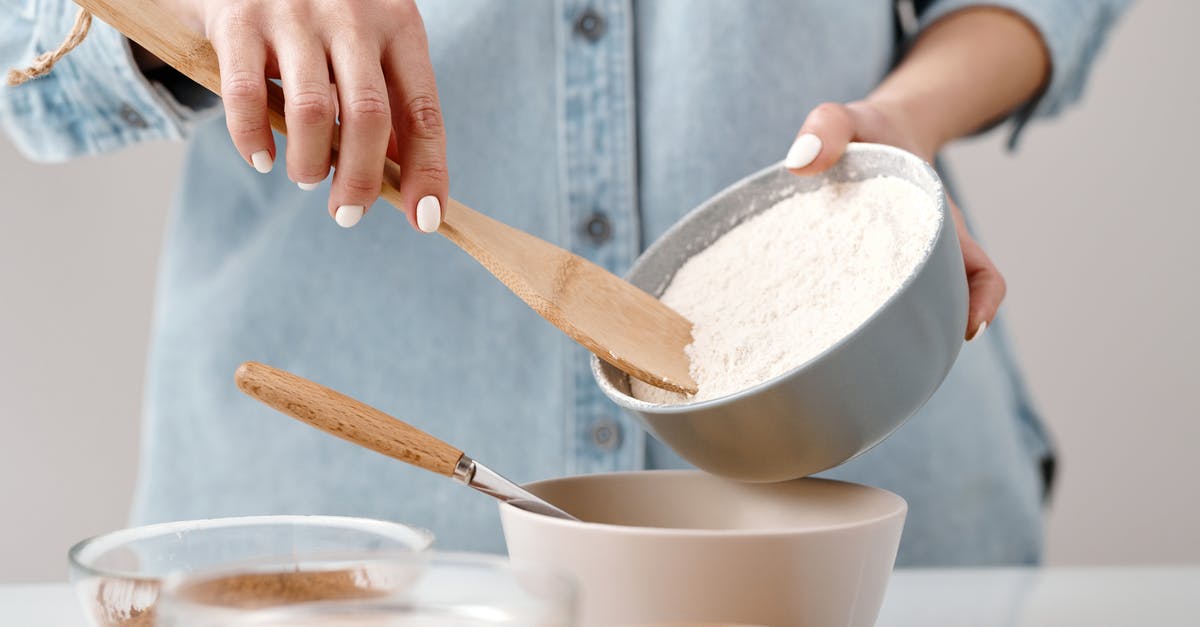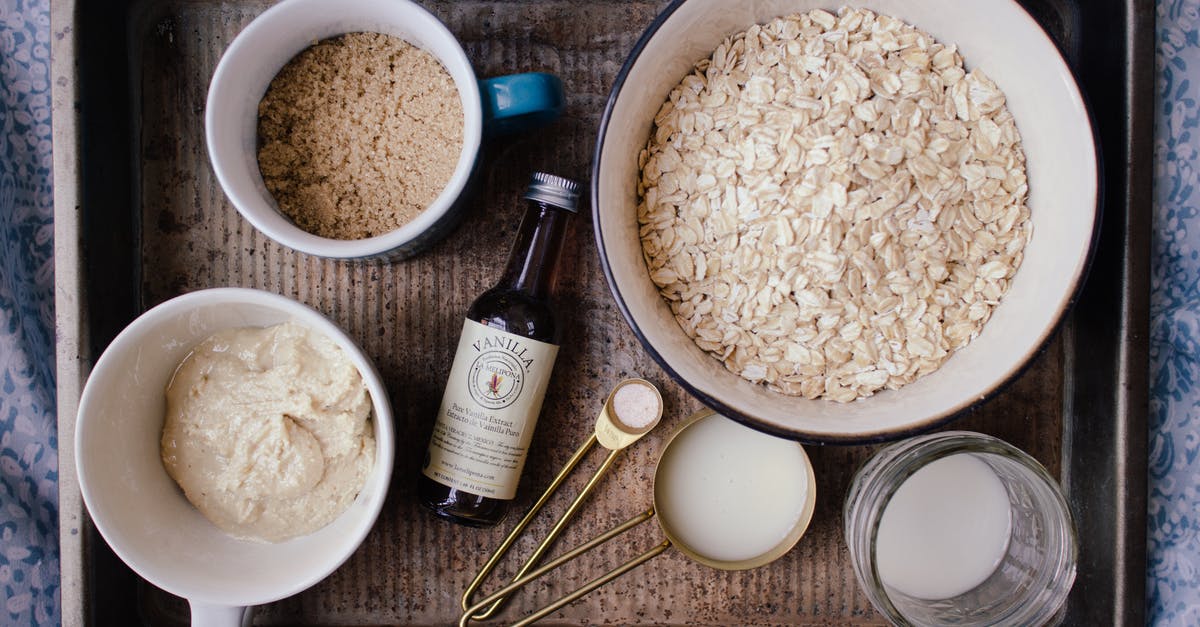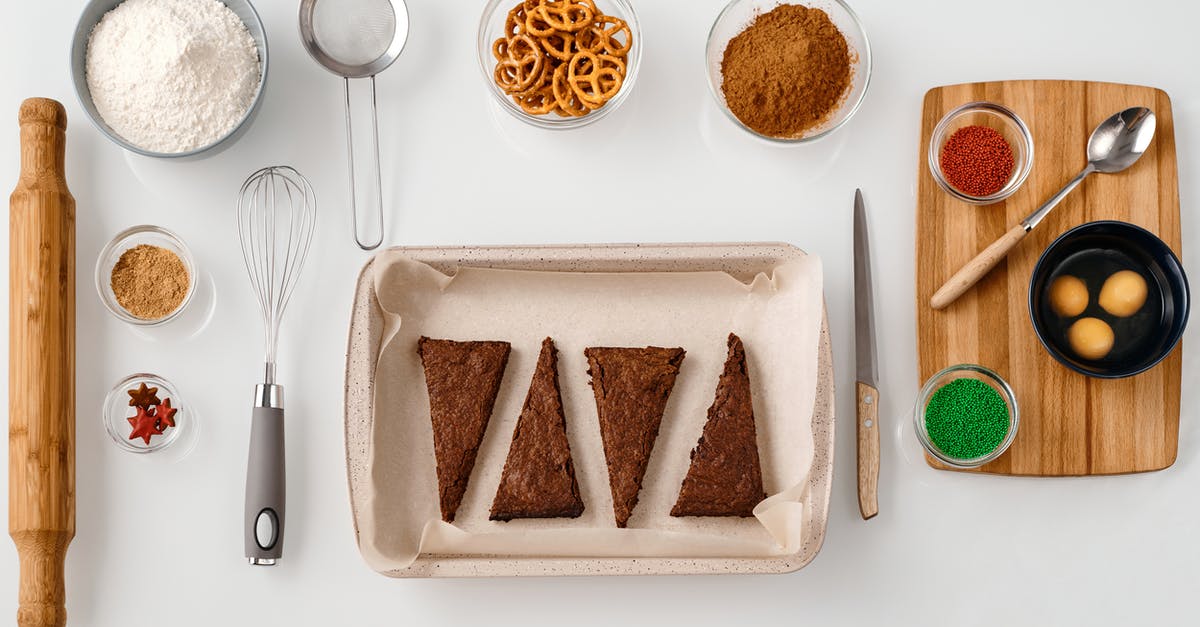Baking Powder, Baking Soda, and Yeast

I've read one cook say, "I add baking soda when I make bread using buttermilk. The buttermilk is acidic enough that it interferes with the environment that commercial yeast needs to reproduce well, resulting in a somewhat dense, poorly risen loaf. I add1/2 teaspoon of Baking Soda per 8 ounces of buttermilk, and the result is is a beautifully risen, light bread with beautiful color and texture. The Baking Soda neutralizes the acid in the buttermilk, producing CO2, which adds to the bread's leavening."
Does adding them all together(or one and yeast) really work that way, or is it overkill!? I have seen other recipes use all three and they also had buttermilk in the recipe. So is it the buttermilk that changes it all, to have to use all three(or one and yeast)?
Best Answer
The buttermilk is acidic enough that it interferes with the environment that commercial yeast needs to reproduce well
I don't think this is the case. Yeast prefers a mildly to moderately acidic environment: pH 4.5 - 6 (7 is neutral). The various sources I've found give a pH of 4.1 - 5 for straight buttermilk, and of course that pH is buffered (brought closer to neutral) when you mix it into your dough with the other ingredients. If anything, I'd say that a buttermilk dough would be ideal for yeast growth, provided there's enough water available.
The key difference between baking soda and baking powder is that soda is just the alkali, where baking powder is a mixture of baking soda and a powdered acid, usually tartaric or citric.
You can use baking soda alone with a buttermilk dough because the buttermilk provides the required acid component. For buttermilk pancakes, I like to use a combination of baking power, plus a bit extra soda: Think of it as if the powder reacts with itself, and the soda reacts with the buttermilk (although it's not really separated like that).
So, really any or all of those agents can make a buttermilk loaf rise. The important thing, I think, is that yeast and baking powder/soda have very different effects: not all rises are equal! Powder/soda reacts as soon as its wet, and then again when it gets hot in the oven. It creates bubbles, and that's about it.
Yeast does much more besides. As it ferments the dough it also creates a complex mix of enzymes, sugars, acids and alcohols which affect the flavour, structure and baking characteristics of the bread. The protein structure of the flour changes, and that has a big effect on the finished loaf.
Buttermilk also has some amount of fat in it, which has an effect on bread dough. The fat tends to coat the flour particles, which results in shorter gluten chains - this gives a softer crumb with smaller holes: think brioche vs. ciabatta. You might want to knead or fold your dough more than you would otherwise to compensate for this effect (depending on what you want). My hunch is this is what caught the original author out, not the acidity.
If you're making a typical 'bread', I would just use yeast. The buttermilk will contribute flavour and sourness, and give that texture change I mentioned. If you're just after the tang, a zero-fat natural yoghurt would provide a very similar flavour while affecting texture less.
Unless you're making Irish soda bread (and you should, it's delicious!), I wouldn't bother with powder/soda raising for bread. Yeast does too good a job - save the powder for cakes and muffins!
Pictures about "Baking Powder, Baking Soda, and Yeast"



Quick Answer about "Baking Powder, Baking Soda, and Yeast"
Baking powder is most commonly used in recipes that do not contain an additional acid, therefore, solely water and heat are required. Yeast differs from both baking soda and baking powder, mainly because it is a live organism and takes substantially longer to leaven dough.Can you use yeast and baking soda together?
While it is possible to use both yeast and baking powder together, it is not common. Recipes for baked goods usually call for one or the other and they are rarely used together. Either one can be used to puff up baked goods but they do behave very differently and produce different results.What happens if you mix baking powder and yeast?
Baking powder has little to no effect on yeast, so it will not kill it. It does contain some salt, but not enough to have a noticeable effect on the yeast. When it comes to combining them in a recipe, there's no reason to do so since the yeast is effective without baking powder.Can I use baking powder and baking soda instead of yeast?
Baking soda and acid cause the same reaction as baking powder does, resulting in a quick rise. To use it in place of yeast, use 50% baking soda and 50% acid as a one-to-one replacement.Can I mix yeast and baking powder in bread?
Technically speaking, there is no reason for using both leavening agents in a risen bread, according to the home economists at Pillsbury. Yeast and baking powder leaven bread by creating carbon dioxide gas, which creates air pockets that get caught in a gluten structure.ALL ABOUT LEAVENING | baking soda, baking powder, yeast, and steam
More answers regarding baking Powder, Baking Soda, and Yeast
Answer 2
This website provides nice images that show the contrast between adding extra baking soda to dishes versus adding extra baking powder.
Baking Soda - is sodium bicarbonate. It's a simple base that will react with any acid in your mixing bowl thereby producing bubbles of carbon dioxide. People point to this fact as the reason that it can be used as a leavening/raising agent. The issue with this is that almost every ingredient in your batter is going to be acidic. Even eggs have a pH of 6.4-6.9. What this means is that the reaction is going to start taking place immediately, and those gas bubbles are going to start rising out of your dish. That's why recipes that call for baking soda as the only leavening agent typically have you mix the ingredients together and immediately bake it to seal those bubbles in. What baking soda really excels at is in raising the pH of a dish. This leads to quicker and deeper browning, as it speeds up the maillard reaction. Again, check out the photos of what extra baking soda does.
Comparatively Double-acting Baking Powder has a two-stage heat activated reaction. what this means is that while it'll fizz and make a few initial bubbles it won't release all of its carbon dioxide until it hits 140F in the oven. So it's a more effective leavening agent, especially when you're mixing the ingredients togteher and they're sitting around for any length of time.
Yeast is a different beast entirely- a fungi that breaks down sugars and produces carbon dioxide as a by-product. It needs a longer time to get up to speed since it's a living organism rather than a chemical reaction. Yeast can be great for leavening a baked good, or for adding a yeasty/malty flavour to your baking.
There are definitely some scenarios where it would make sense to add all 3- Baking Soda to help with browning, Baking Powder to add a little bit of lift. Yeast to add a tasty flavour and also aid in leavening.
There are also many other ways to add lift to your dish including aerating eggs and butter before adding them in. Folding ingredients together to preserve their tiny micro bubbles, etc...
Sources: Stack Exchange - This article follows the attribution requirements of Stack Exchange and is licensed under CC BY-SA 3.0.
Images: Pixabay, Nicole Michalou, Monserrat Soldú, Nicole Michalou
